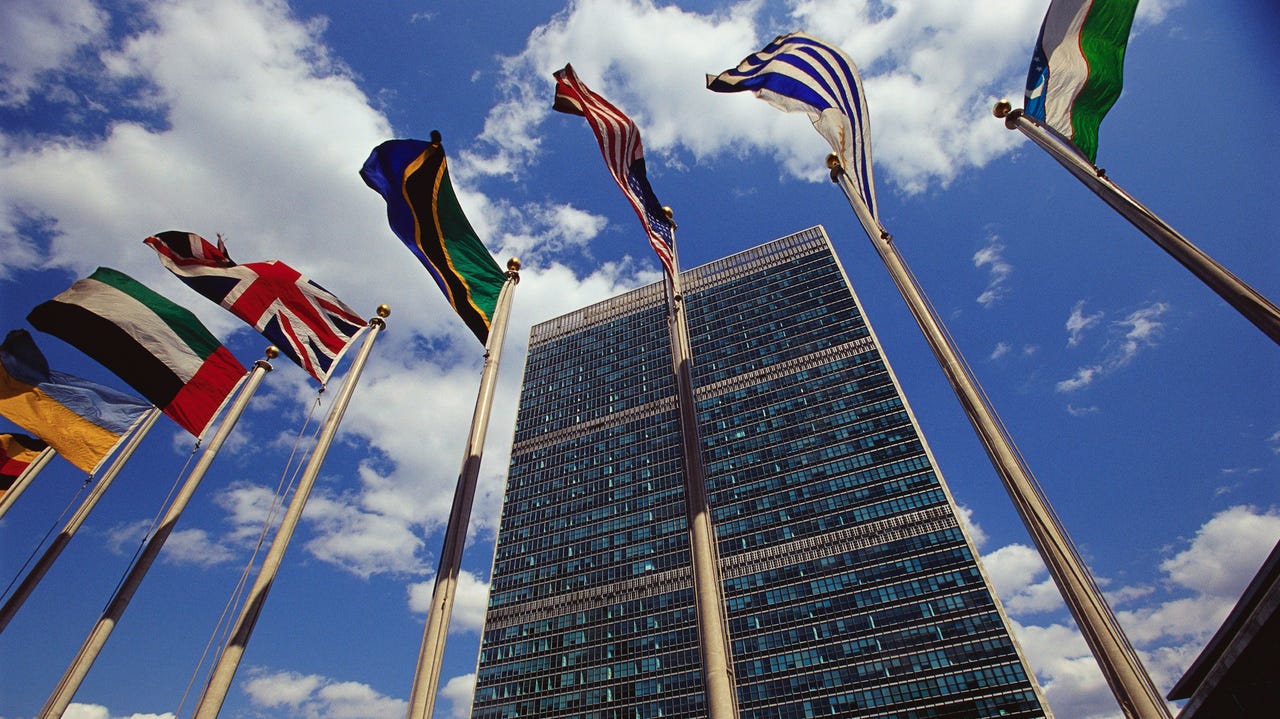
































The rise of generative AI has shown the world the grand potential of this technology to assist people in numerous ways -- but it has also revealed its dangers. The technology has already caused data leaks, copyright infringement lawsuits, harmful deep fakes, and more, showcasing the imminent need for safety regulations.
Also: AI is changing cybersecurity and businesses must wake up to the threat
As a result, on Thursday, the United Nations General Assembly unanimously adopted a US-led resolution, backed by more than 120 member states, to ensure AI design, development and deployment is "safe, secure and trustworthy."
The UN General Assembly on Thursday adopted a landmark resolution on the promotion of "safe, secure and trustworthy" artificial intelligence (AI) systems that will also benefit sustainable development for all
- UN News (@UN_News_Centre) March 21, 2024
Read more ??https://t.co/xuDcyI4qRL pic.twitter.com/5LpKWvCuBf
"Let us reaffirm that AI will be created and deployed through the lens of humanity and dignity, safety and security, human rights and fundamental freedoms," said Linda Thomas-Greenfield, US Ambassador to the UN.
What exactly does the resolution entail? You can read the text here or find the highlights below.
The resolution was adopted on March 21, 2024, by the UN General Assembly without a vote, meaning that all 193 member nations agreed to pass the resolution unanimously.
"With today's adoption in the UN General Assembly of the US-led resolution on artificial intelligence, UN Member States have spoken with one voice to define a global consensus on safe, secure, and trustworthy AI systems for advancing sustainable development," said Anthony Blinken, US Secretary of State.
The resolution begins by recognizing both the potential and peril of AI. When used properly, some of the potential benefits, as listed in the resolution, include accelerating the achievement of the UN's 17 Sustainable Development Goals, promoting digital transformation and peace, overcoming digital divides within countries, and more.
However, malicious "design, development, and deployment" of AI systems could have catastrophic effects including undermining sustainable economic, social, and environmental development; widening digital divides; reinforcing biases that encourage discrimination; and more.
Also: 3 ways to accelerate generative AI implementation and optimization
As a result, the resolution stresses the urgency of achieving "global consensus on safe, secure and trustworthy artificial intelligence systems..."
The resolution delineates the various measures that should be taken to ensure proper safeguards and that people's rights are protected. These include a call for international cooperation for the promotion of safe, secure, and trustworthy AI; continued development and support from member states for regulatory and governance frameworks; insurance of equitable access to the technology across countries; respect for human rights and their fundamental freedoms; fair, inclusive, and responsible use of data; and more.
The resolution does not include measures to inflict consequences or compel countries to adhere to the agreement. So, technically, countries that agreed to the resolution do not actually need to abide by it. Despite not being enforced, it is still a monumental step toward global regulation of AI, setting a precedent for future legislation. It also provides a framework for countries to make their own governing policies.
This adoption of the resolution marks a significant moment for AI development because it is the first global resolution regarding the powerful, emerging technology.
 Hot Tags :
Artificial Intelligence
Innovation
Hot Tags :
Artificial Intelligence
Innovation